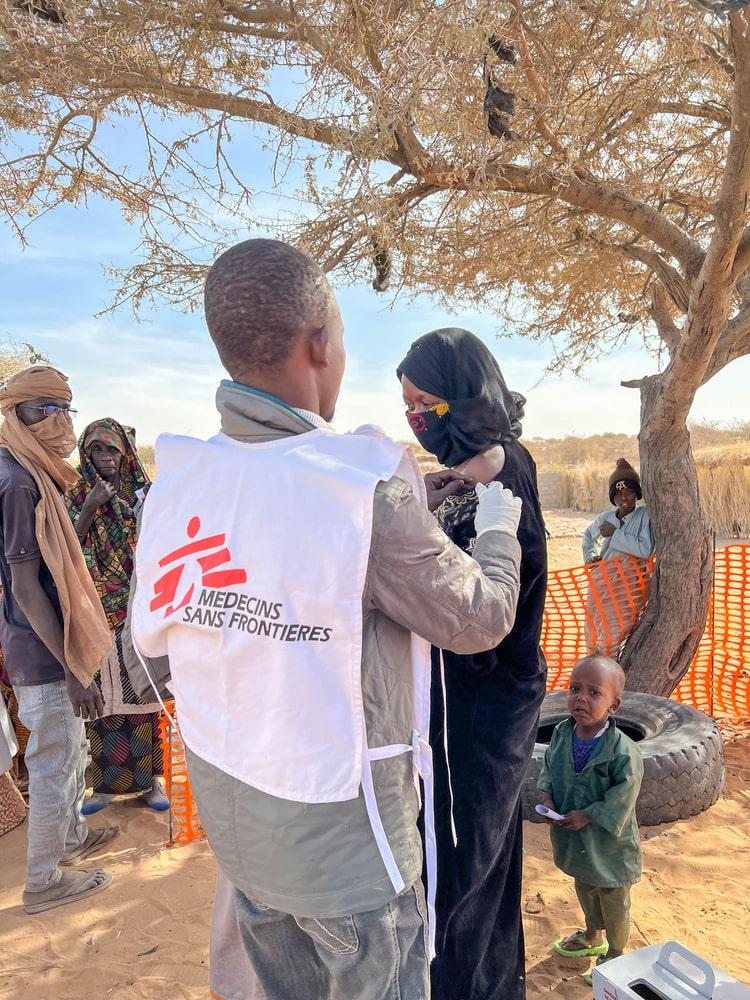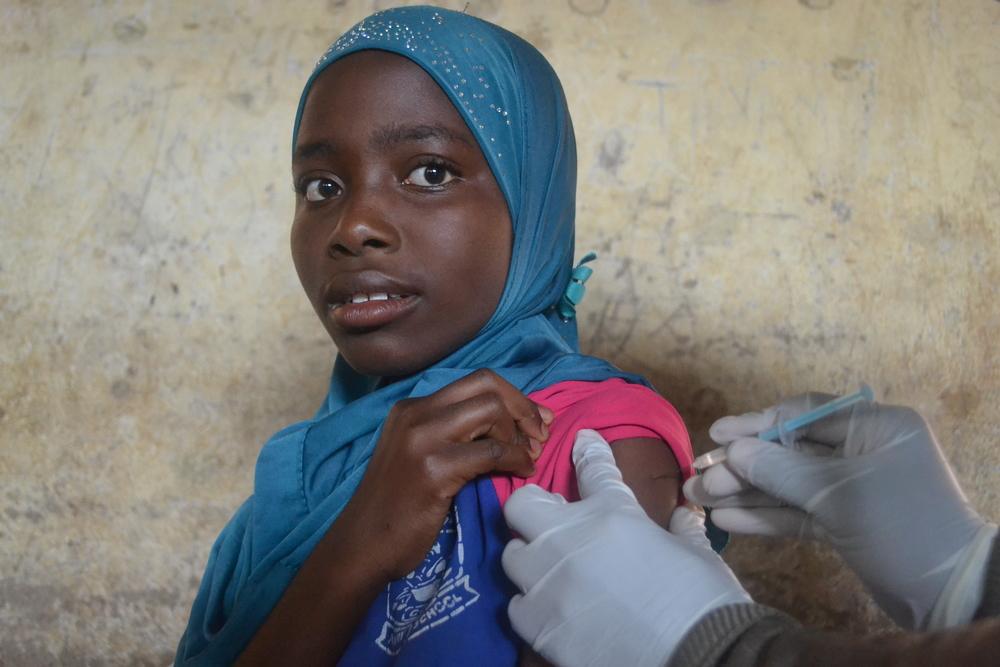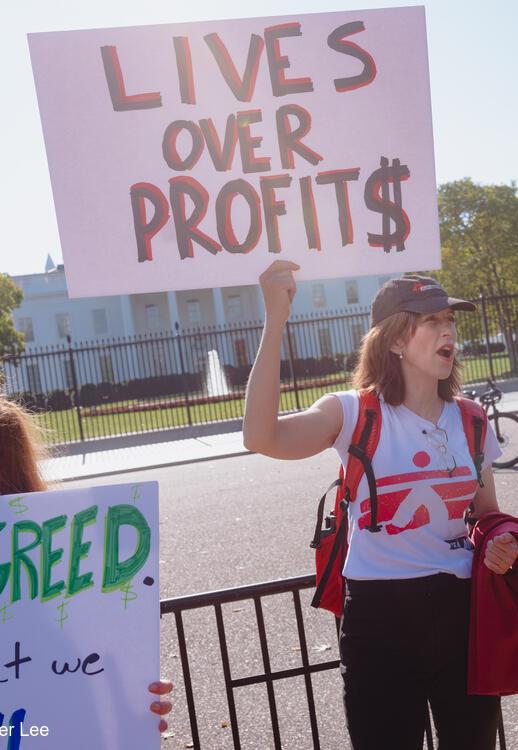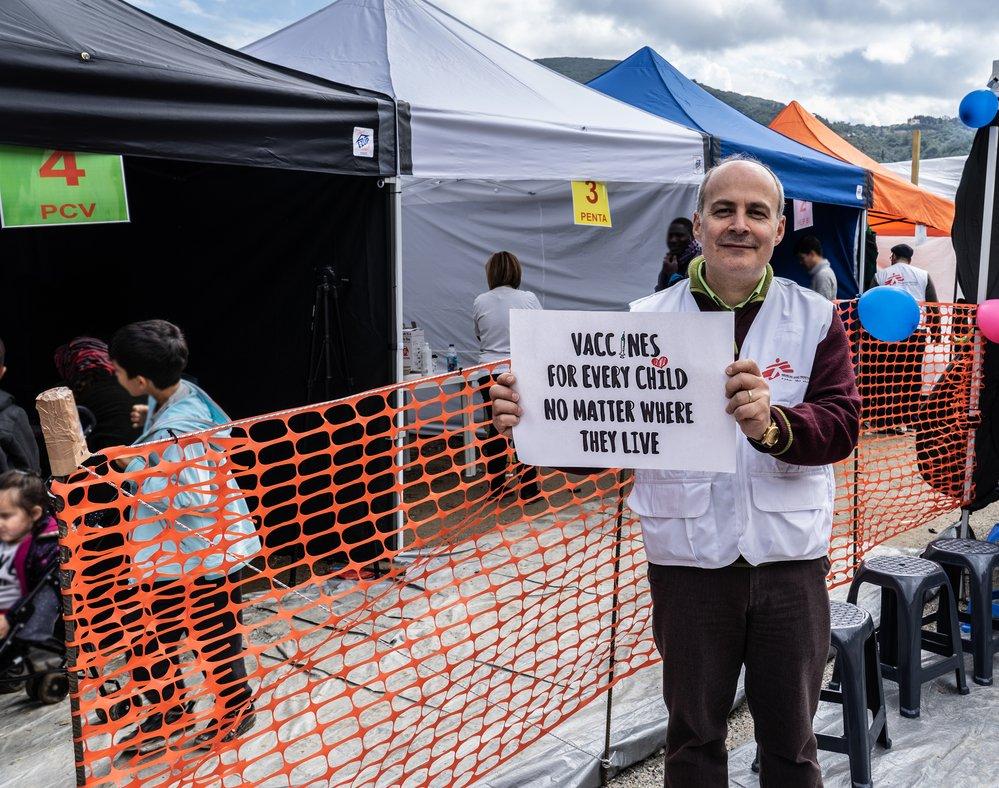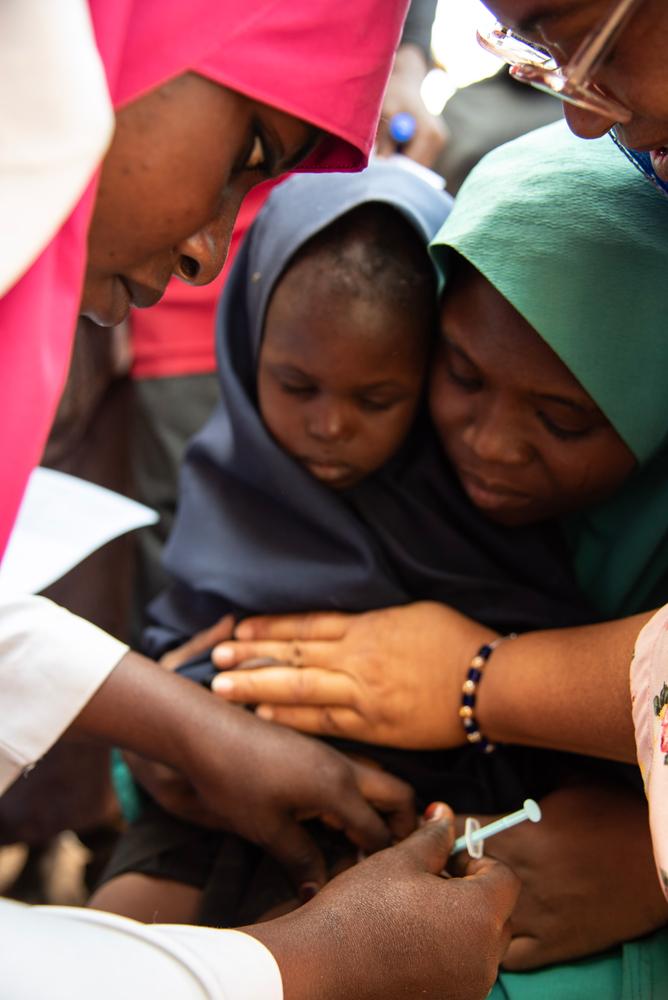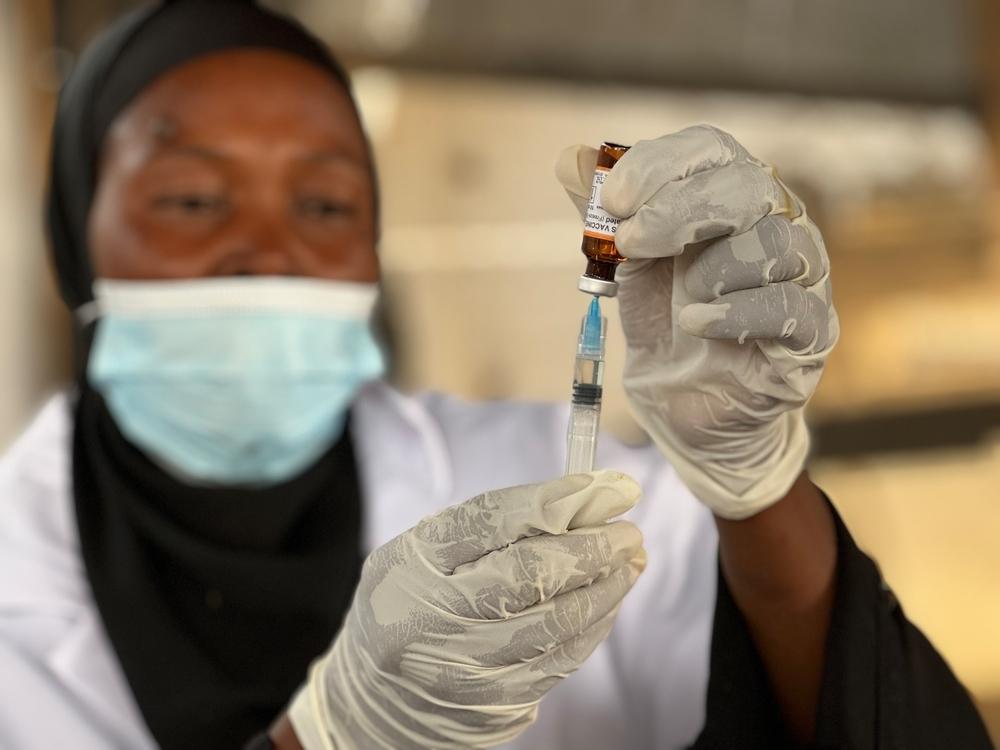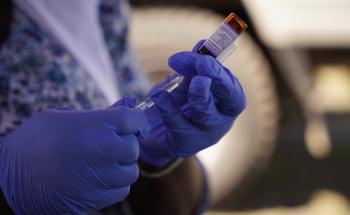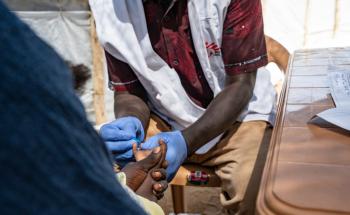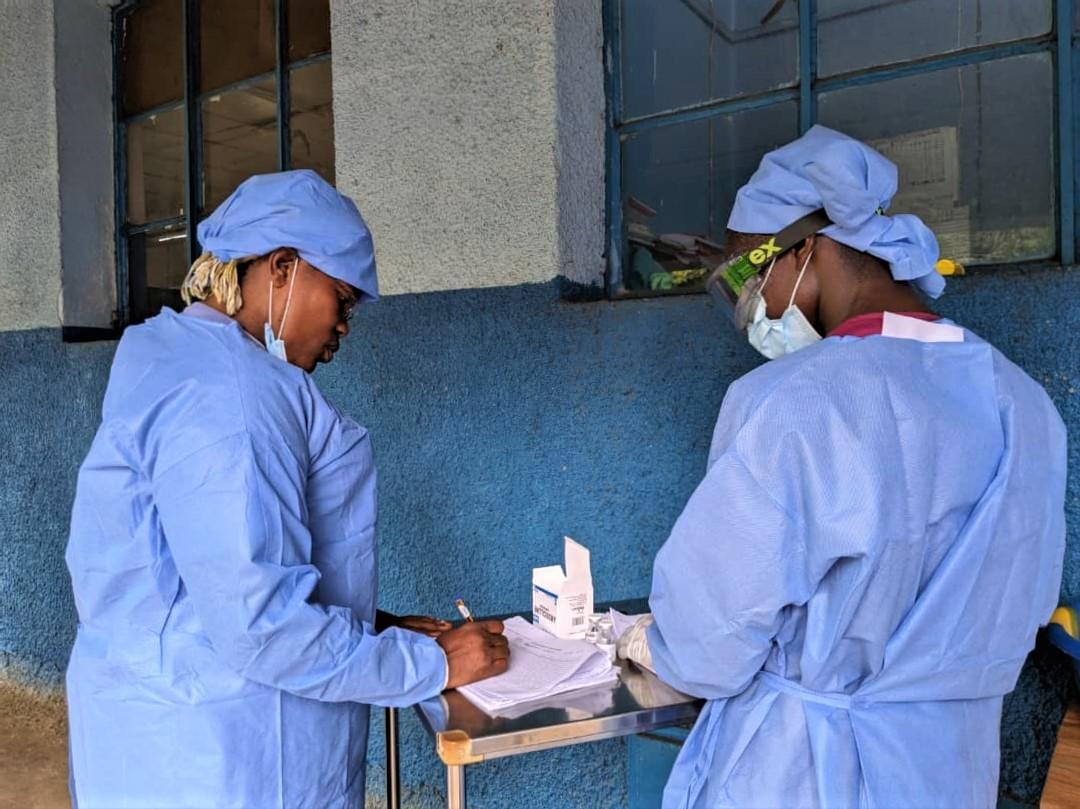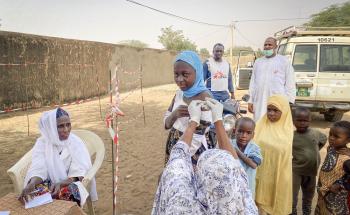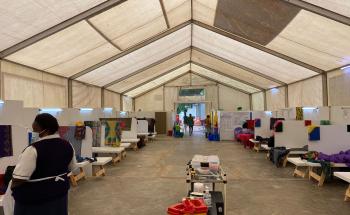
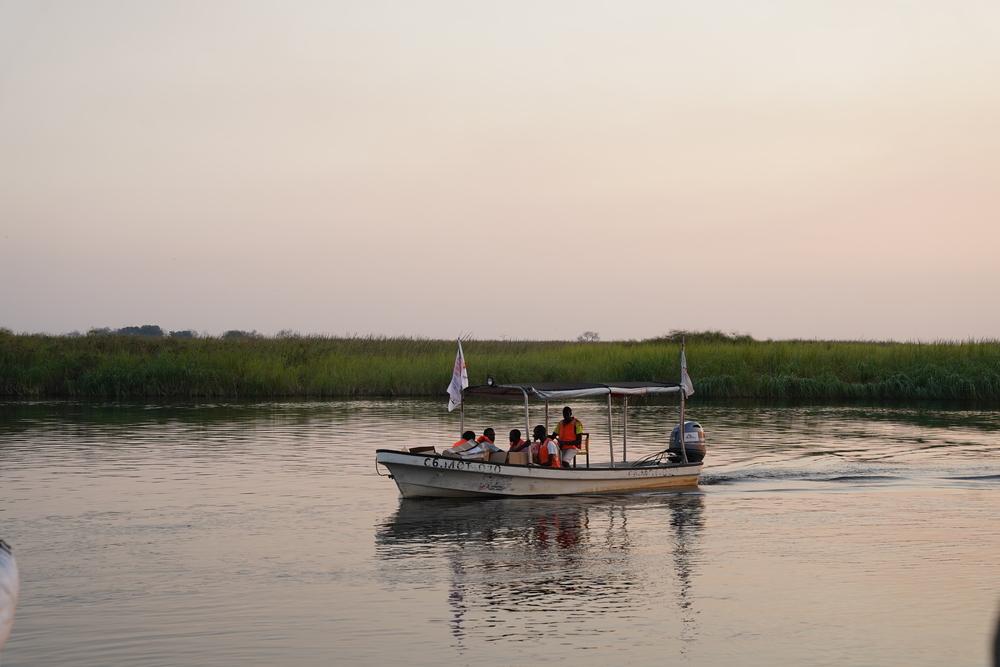
Most MSF vaccination activities revolve around emergency responses to outbreaks of vaccine-preventable diseases in settings where children and adults haven’t been covered by routine immunisation programs.
In Syria, for example, ongoing war has disrupted vaccinations and other medical services in many parts of the country. Following a 2015 measles outbreak in northern Syria, a coverage survey undertaken by MSF in the Kobane region showed that only 17 percent of children in families displaced by fighting were fully vaccinated. MSF then supported a nine-day measles vaccination campaign, providing vaccination and vitamin A for children between six months and five years of age. In 2016 we continued supporting both measles campaigns and routine childhood vaccination. For example, in the camps and villages around Atmeh, MSF administered over 118,000 vaccine doses to children under the age of five. Globally, MSF administered 1.4 million measles vaccines in response to outbreaks in 2018 alone.
A key aspect of vaccination is logistics—delivering large quantities of vaccine that often require refrigeration across great distances in hard-to-reach areas of low-resource settings without electricity. In 2016 in the Central African Republic, MSF launched a mass multi-antigen vaccination campaign. MSF logistics teams used motorbikes and trucks to transport multiple essential childhood vaccines in coolers to regions all over the country, many without drivable roads. Each morning during the campaign, 370 logistics and medical staff members grouped into 17 teams that traveled for hours, fully equipped with all necessary supplies to bring children in the most inaccessible areas up-to-date with their vaccines. In total, more than one million vaccine doses were administered to children under five years old, with vaccination coverage following the first round above 80 percent.
